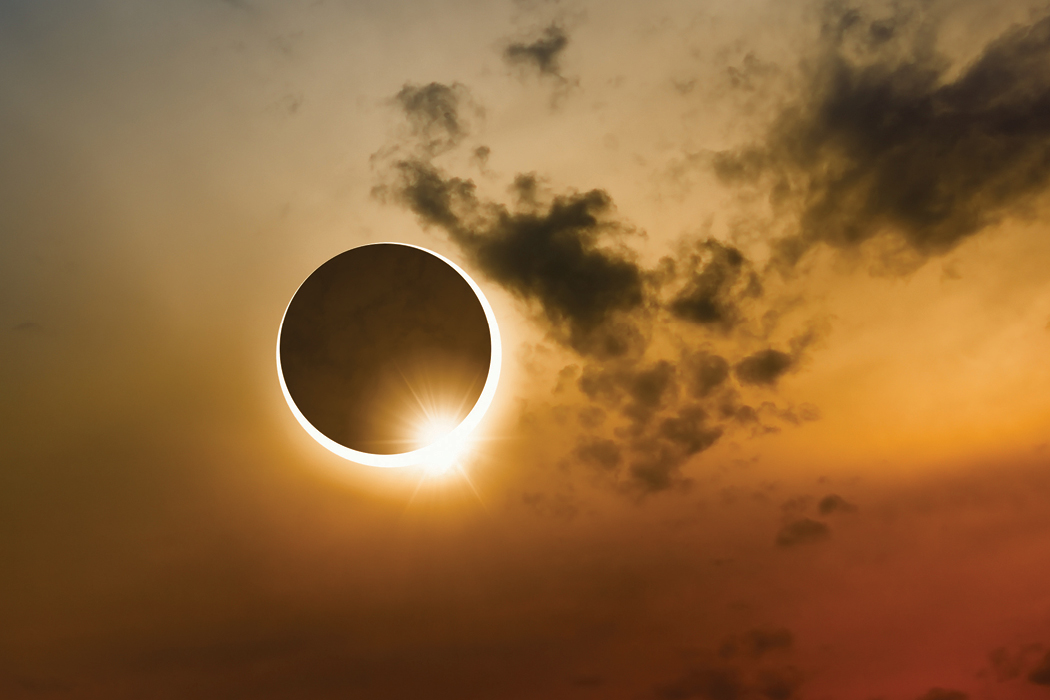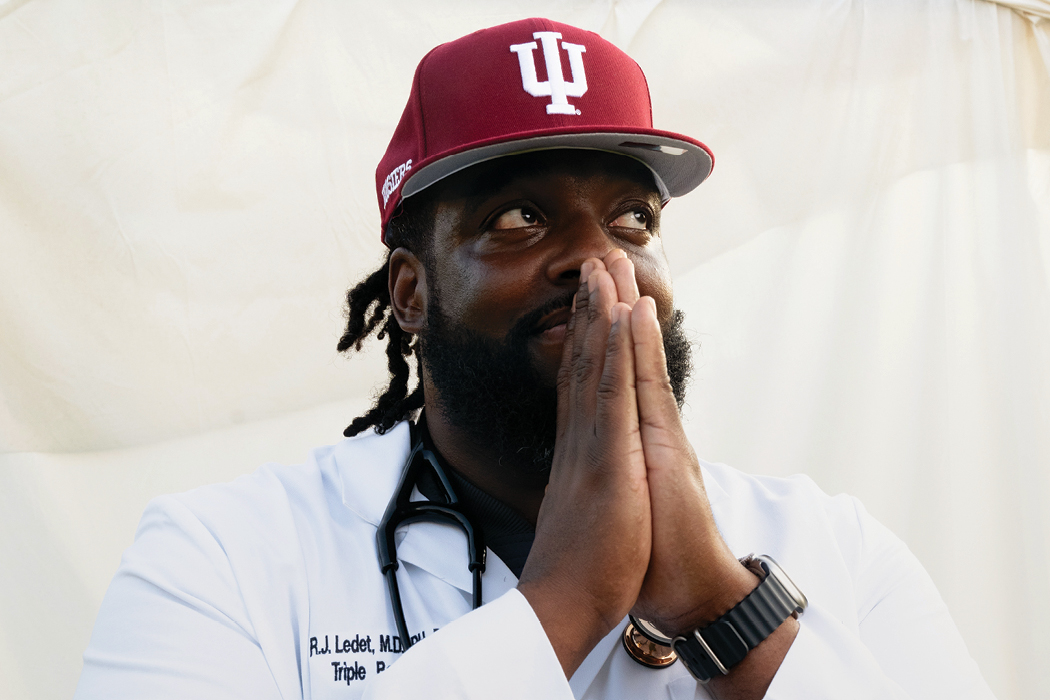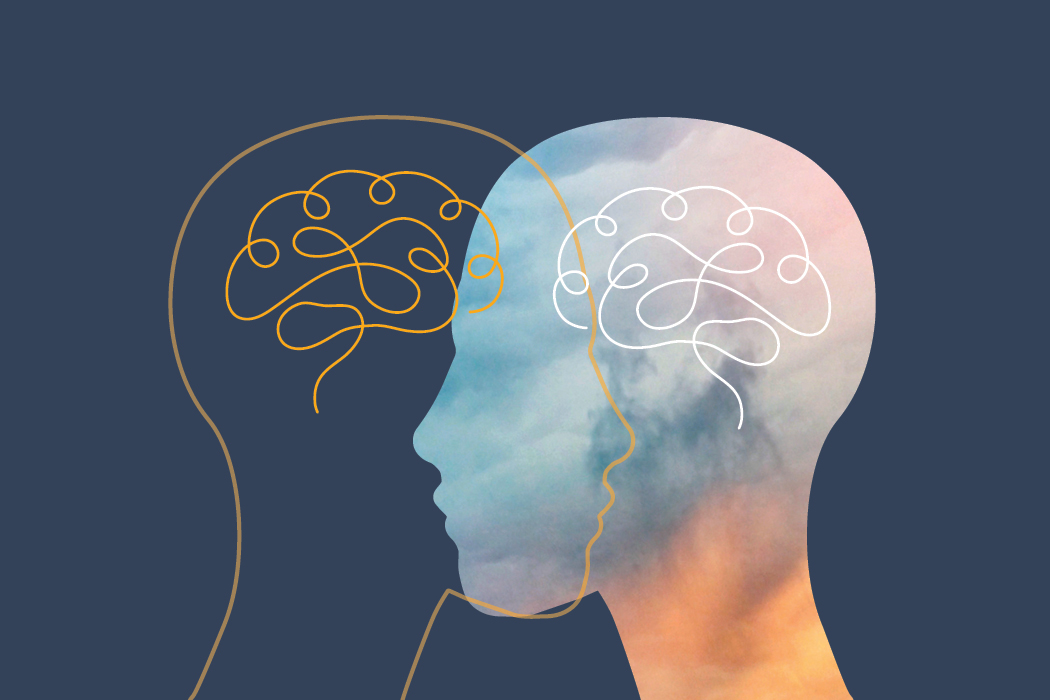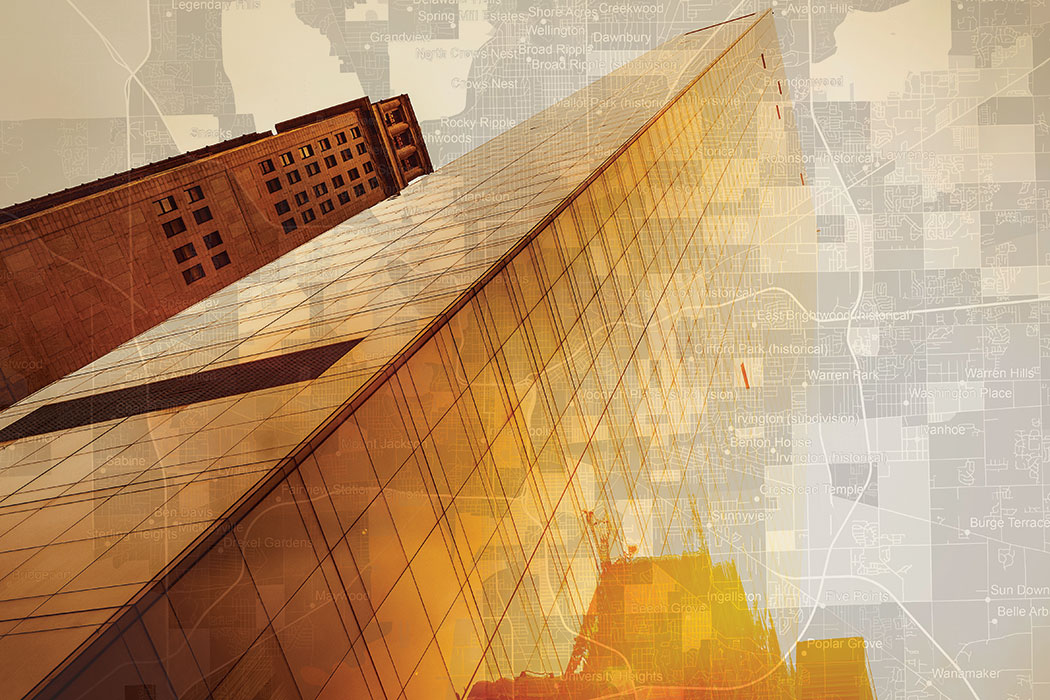IU Campuses Prepare for Total Eclipse of the Sun

The last time Indiana University saw a total eclipse, the first woman had just graduated from IU, and the university’s alma mater, “Hail to Old IU,” was still 23 years away from being written.
On April 8, 2024, that celestial history will be eclipsed as Indiana University campuses in Bloomington, Columbus, Indianapolis, Kokomo, and Richmond will be in the path of a total eclipse of the sun. Bloomington alone is expecting an influx of about 300,000 people to witness the once-in-a-lifetime event.
“At any given spot on Earth, on average, we can see a total eclipse about once every 375 years,” said Catherine Pilachowski, distinguished professor of Astronomy and the Daniel Kirkwood Chair in the IU Bloomington College of Arts and Sciences. “The last one here in Bloomington was in 1869, so we’re pretty lucky to have one this soon.”
Science of Eclipses
An eclipse occurs when one celestial body obscures part of another. A total solar eclipse happens when the moon passes between the Earth and sun, completely blocking our view of the sun for a bit.
During the 2024 eclipse, totality will last about four minutes. Darkness will fall, the temperature will drop, animals will quiet, and bright stars and planets may be visible to our naked eyes. As IU professor Theophilus Wylie wrote in his diary about the 1869 eclipse, “The whole landscape had an unearthly, unnatural aspect.”

For scientists, eclipses provide an opportunity to study the corona, the sun’s atmosphere, which can’t be seen unless the sun’s light is blocked. Eclipses have helped scientists understand the sun’s structure, contributed to the discovery of a new element, and provided support for Einstein’s theory of general relativity.
Eclipse Impact on IU
Eclipses also hold special significance to IU. In 1932, witnessing an 80 percent solar eclipse in Bloomington left a lasting impression on Frank Edmondson, an IU student and aspiring astronomer.
After going on to receive his PhD at Harvard, Edmondson returned to IU as a faculty member. He helped build IU’s astronomy department and brought international acclaim and prestige to IU through his teaching and achievements in the field of astronomy. After his retirement in the 1980s, Edmondson endowed the Daniel Kirkwood Chair in Astronomy—the title that Catherine Pilachowski, quoted earlier in this article, currently holds.
More than 150 years after the IU community first encountered a total eclipse, the phenomenon is as compelling as ever. In the words of Phyllis Lugger, professor of astronomy at IU Bloomington, “[An eclipse is] a remarkable shared experience that causes people with different backgrounds on different parts of the globe to be similarly awestruck by the wonders of the natural world.”
This article was originally published in the 2023 issue of Imagine magazine. Thank you to Barbara Brosher and Kevin Fryling of the IU Newsroom for original reporting that contributed to this story.
Tags from the story
Written By
Andrea Alumbaugh
A native Hoosier, Andrea Alumbaugh is a graduate of IU (BAJ’08) and a senior writer at the IU Foundation.



